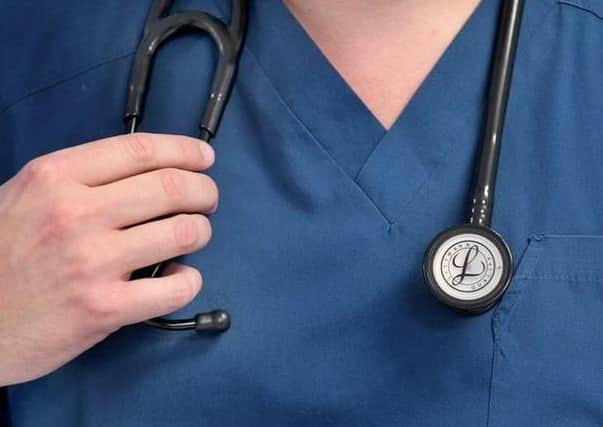A&E visits at Peterborough and Stamford Hospitals rise to highest level since pre-lockdown


An increasing number of people have sought help at emergency departments across England following the easing of lockdown measures, which saw A&E visits fall to a record low in April.
NHS England figures show 12,359 patients visited A&E at hospitals run by North West Anglia NHS Foundation Trust in July.
Advertisement
Hide AdAdvertisement
Hide AdThat was the highest number since February, and a rise of 10 per cent on the 11,225 visits recorded during June - lower than the general rise nationally.
However, it was still 17 per cent lower than the 14,942 patients seen in July the previous year.
Across England, A&E departments received 1.6 million visits last month.
That was an increase of 13 per cent compared to June, but still nearly a third fewer (30%) than the 2.3 million seen during July 2019.
Advertisement
Hide AdAdvertisement
Hide AdNHS England said significantly lower attendances compared to the previous year was “likely to be a result of the Covid-19 response” – suggesting people are still staying away from A&E departments because of the coronavirus outbreak.
The 30 per cent year-on-year drop for July compares with a fall of 33 per cent recorded in June, 42 per cent in May and 57 per cent in April.
NHS guidelines state at least 95 per cent of A&E patients should be seen, treated and admitted or discharged in under four hours.
Peterborough and Stamford Hospitals saw 93 per cent of visitors in this time, just above the average performance across England which was 92 per cent.
Advertisement
Hide AdAdvertisement
Hide AdDr Nick Scriven, former president of the Society for Acute Medicine, said: “These are worrying times for the NHS given the threat of a second wave of Covid-19 in addition to all of the other pre-existing issues such as bed capacity, staffing, funding and social care provision.
“A&E attendance remains much lower than last year, yet even with the decreased numbers the four-hour target was not met, showing just how hard hit processes have been in this new era.”
An NHS spokesman said NHS staff have worked “around the clock” to treat 108,000 people for coronavirus since the pandemic escalated in March.
“Now that we are through the first wave, local NHS staff are restoring non-Covid services, which have the capacity to treat those needing urgent, emergency and other essential care,” he said.
“Nobody should be put off seeking help from the NHS when they need it, whether through NHS 111, their GP, a pharmacist or hospital.”